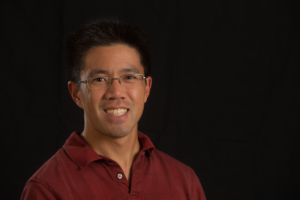Quantum optics using atomic arrays
Darrick Chang (ICFO)
ABSTRACT:
Our conventional theories of the quantum interactions between light and atomic media tend to treat the atoms as a smooth macroscopic medium, ignoring the possibility that the dynamics might depend strongly on microscopic configurations and disorder. Within classical optics, however, it is well-known that the details of spatial configurations of scatterers — and the associated multiple scattering and interference of light — can give rise to important new phenomena and control, ranging from Anderson localization to photonic crystals and phased array antennas. We discuss our recent efforts to advance a theory of quantum multiple scattering of light. We also show how multiple scattering can be harnessed as a powerful resource, including the possibility to realize polynomially or exponentially better error scalings for applications such as quantum memories of light and photon-photon gates, as a function of system resources.
RECOMMENDED PAPERS:
BIO:
 Darrick Chang is an ICREA Reseach Professor at the Institute of Photonic Sciences (ICFO), where he has led the Theoretical Quantum Nanophotonics Group since 2011. He obtained his bachelor’s and PhD degrees in physics from Stanford and Harvard, respectively, and was a postdoctoral fellow at Caltech. Among his recognitions, he has been awarded the Starting and Consolidator Grants from the European Research Council
Darrick Chang is an ICREA Reseach Professor at the Institute of Photonic Sciences (ICFO), where he has led the Theoretical Quantum Nanophotonics Group since 2011. He obtained his bachelor’s and PhD degrees in physics from Stanford and Harvard, respectively, and was a postdoctoral fellow at Caltech. Among his recognitions, he has been awarded the Starting and Consolidator Grants from the European Research Council
